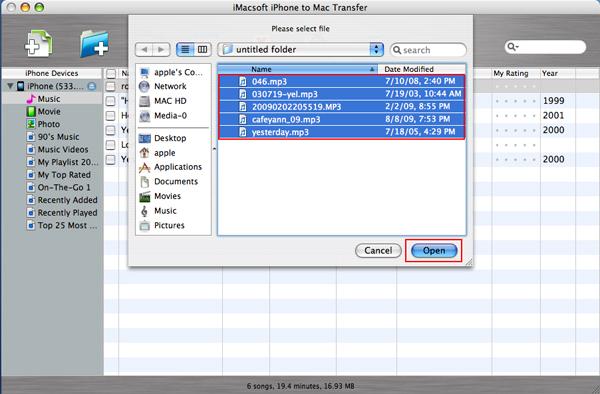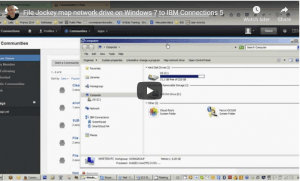Jan 19, 2020 They’re buried in a folder in the Library, and the archive uses a.mbox file extension. Since there may be times you want to copy your email to another computer, or even back up stored messages, here's how to find and access all your stored Mail email files. To locate the folder where Mac OS X Mail version 1 stores mail. Before you transfer or restore your iTunes media library on your PC, consolidate it and create a back up. Here are some things to know Your iTunes library, a database that's made up of all of the music and other media that you add to iTunes for Windows, is organized into two iTunes library files and an iTunes Media folder. Exporting multiple files from Notability. Hey guys, sorry if this is the wrong sub but not sure where else to post. I use Notability daily for medical school on my iPad and sync to my MBP through iCloud. This folder contains fonts, internet plug-ins, and other items used by apps that are available to all users of your Mac. Don’t use this folder to store files and folders you create. Instead, use the home folder, the Desktop folder, the Documents folder, or iCloud Drive.
Mar 11, 2019 Click 'File Import' at the top of your Mac's screen and select the files you'd like to import. The files will be added to the currently selected subject. Exporting Notes. To export a single note: Click the thumbnail of the note you'd like to export. Click 'File Export' at the top of your Mac's screen. Click PDF, ZIP (PDF + Recording), RTF, or Note. Select Downloads, Documents, and Desktop folders to provide access to scan files in these folders on your local disk. Click the lock to save changes. Then click the lock to save changes. You can transfer the Photos Library onto your Mac, where Duplicate File Finder can scan it.
Photos User Guide

When you import photos and videos into Photos, they’re copied to the Photos library in the Pictures folder. If you prefer, you can store photos and videos outside the Photos library (for example, in a folder on your Mac or on an external drive) and still view them in Photos. Files stored outside your library are called referenced files.
Referenced files aren’t automatically uploaded and stored in iCloud, and they aren’t backed up along with the rest of your files when you back up your photo library—you must back them up manually. To avoid manually backing up referenced files, you can move or consolidate the files into your library.
Store imported files outside the Photos library
In the Photos app on your Mac, choose Photos > Preferences, then click General.
Deselect the “Copy items to the Photos library” checkbox.
Now, when you import photos or video, Photos leaves the files in their original location and accesses them as referenced files.

Find a referenced file in the Finder
In the Photos app on your Mac, select a referenced file.
Choose File > Show Referenced File in Finder.
Copy referenced files into a Photos library
You can copy referenced files into your photo library so they’re easier to back up and are automatically stored in iCloud if iCloud Photos is turned on.
In the Photos app on your Mac, select the files that you want to copy into the photo library.
This will tell iTunes to store all your new files in this folder. Navigate to the new folder and click on Open, and then on OK. (Note that this won’t move your existing files, but you’ll still be able to access them from within iTunes; I’ll cover moving your iTunes Music folder shortly.)To access the new content, of course, you’ll need to make sure you connect the external drive before you launch iTunes—otherwise you won’t be able to listen to the music or watch the movies you have stored on it. Consolidate your itunes library mac.
Choose File > Consolidate.
Click Copy.